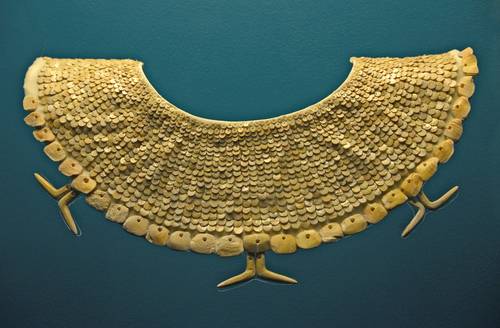The archaeological zone of Oxtankah, witness to a city that in pre-Hispanic times controlled the territory of the current Chetumal Bay, in Quintana Roo, reopened yesterday to the public after the conclusion of the infrastructure works that were carried out in the context of the Improvement of Archaeological Zones (Promeza).
This initiative is applied by the Ministry of Culture of the government of Mexico, through the National Institute of Anthropology and History (INAH), in heritage sites near the Mayan Train route, in order to optimize the service areas for visitors. and to promote research and conservation of archaeological monuments.
The general director of INAH, Diego Prieto Hernández, explained that Oxtankah It was one of the most iconic cities of the Yucatan Peninsula, which, between the 1st and 5th centuries AD, stood out for its port vocation; Furthermore, according to oral tradition, it would have been the home, at the beginning of the 16th century, of the Spanish shipwrecked Gonzalo Guerrero, who integrated into the Mayan culture and died defending his adopted people.
.
According to the anthropologist, this archaeological zone will be the first in Quintana Roo to reopen to the public after its comprehensive attention through Promeza, important program of the government of Mexico that has allowed us to investigate, study and improve the state of conservation of our heritage spaces, in order to expand the knowledge we have about the sites and ancient Mayan culture, as well as to enrich the visiting experience of national and foreign tourism
.
In Quintana Roo, the Promise also benefits the areas of El Meco, Chacchoben, Ichkabal, Kohunlich, Dzibanché-Kinichná, Xel-Há, Muyil, Chakanbakán and Cobá, as well as the Paamul II ecoarchaeological corridor.
Updated trail network
For his part, the director of the INAH Quintana Roo Center, Margarito Molina Rendón, explained that in Oxtankah a new location was installed and the visitor service facilities were renovated; Likewise, the site’s trail network was updated, based on the new information that Promeza allowed to gather during the consolidation of the monuments and the architectural reintegration of the set of squares that make up the ancient city.
One of these architectural groups, called Plaza Abejas, revealed the presence of housing units that, in the future, will provide new data on the ways of life of the local residents.
In Plaza Abejas is located the only modeled stucco figurehead that is preserved on site in the ancient city, an image dated to the Early Classic period (200-600 AD) that shows a stylized jaguar, a possible representation of the Witz (the hill of maintenance, in the Mayan conception).
He highlighted the attention given to the 16th century colonial chapel, built by the Spanish conquerors within the Mayan settlement, which, like the aforementioned figurehead, received restoration and major maintenance work.
As a result of the above, Promeza specialists, led in Oxtankah by archaeologist Luis Pantoja Díaz, recovered valuable ceramic, lithic, malacological and bone materials, the study of which will provide data for a better understanding of the site and its surrounding region.
